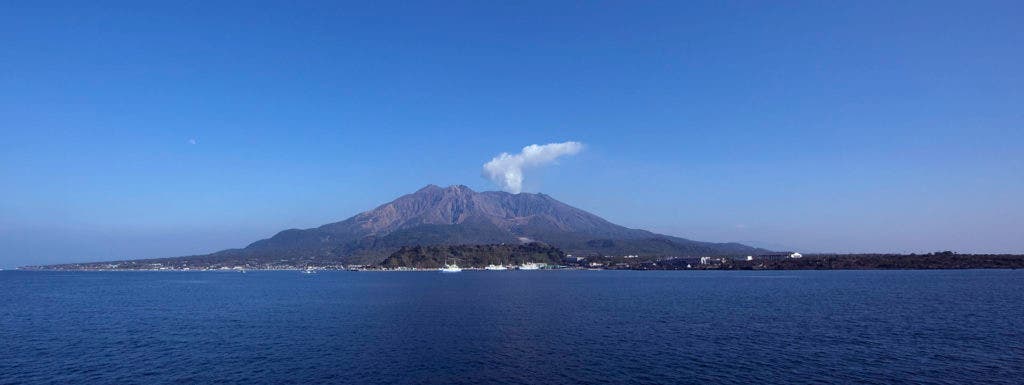Worrying news surface in Japan, as geologists warn Sakurajima volcano might be powering up.

The Sakurajima Kagoshima volcano in Japan might be preparing for an eruption. Photo by TANAKA Juuyoh
Sakurajima is an active composite volcano in Kagoshima Prefecture in Kyushu, Japan. The volcano is close to Kagoshima city and its 600,000 inhabitants and any eruption would be a serious threat. A previous eruption in 1914 killed 58 people and caused widespread flooding – but an eruption now would almost certainly be much worse.
The team combined GPS deformation measurements with other geophysical data and advanced 3D computer models to ‘see’ how the magma is flowing in the volcano’s magma chamber. Lead author Dr James Hickey (now at the University of Exeter) said:
“These results were made possible by combining data from various monitoring methods and applying them to new numerical modelling techniques, moving away from older modelling methods that have been in use since the 1950s.”
He believes that the technique could be used not only in Sakurajima, but everywhere in the world.
“This approach could help to improve eruption forecasting and hazard assessment at volcanoes worldwide. Sakurajima volcano was a particularly great place to develop this approach as there is genuine concern over the state of the volcano, which was particularly evident during a crisis in August 2015.”
They found that the volcano is being supplied with around 14 million cubic metres of magma each year. This is a huge quantity which raises concerns that the caldera is powering up for an explosion. The magma supply is key for understanding the volcano’s dynamics and the team believes that this excessive build-up of magma likely indicates a growing potential for a larger eruption. Co-author Dr Joachim Gottsmann, from the University of Bristol added:
“A thorough understanding of the rate and volume of magma supply and accumulation, and their thermomechanical controls, is essential for continued monitoring and eruption forecasting at Sakurajima volcano, and volcanoes worldwide.”
Volcano forecasting is something geologists have been working on for decades, with some success. The process of a volcano eruption is extremely complex and hard to predict. This approach might make a difference in that regard.
“By identifying a timeframe over which we may see an increase in the level of activity at the volcano our colleagues at the Sakurajima volcano research centre can plan accordingly. The numerical constraints we were able to put on the magma supply conditions can also be used to assist with probabilistic and quantitative eruption forecasting.”









